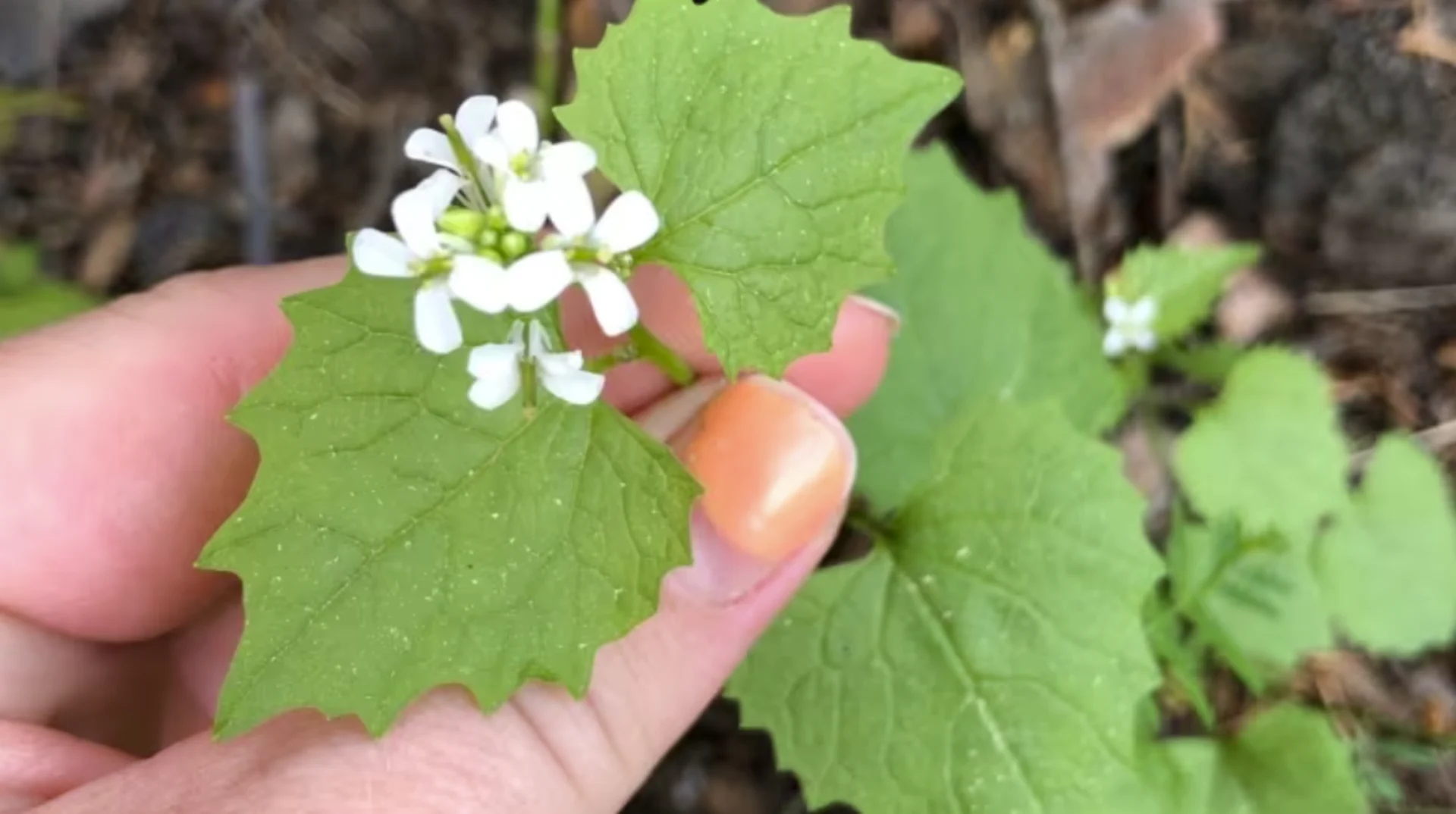
Garlic mustard and spongy moths: invasive species threaten biodiversity in N.B.
Budding flowers mark springtime in New Brunswick, but some not-so-welcome species also plant their roots during the season.
More and more invasive species are popping up in the province, according to Kristin Elton of the New Brunswick Invasive Species Council.
"The trails, the beaches, everything that we love about New Brunswick can be impacted by invasive species and change them enough that it makes us hard to use them the way we always have."
RELATED: This weed is 'every gardener's nightmare', how to manage its spread
Elton said invasive species come in and can out-compete other species for resources like food, water and space. They can also change the biochemistry of soil or water.
Invasive plants have an advantage over many native plants because they tend to emerge earlier in the spring and stay until later in the fall, said Elton.
"They kind of get a jump-start," said Elton. "They can actually shade out some of the other species that would normally be trying to grow at the same time."
For example, there have been more reports in recent years of garlic mustard — an invasive species that has taken over in places like Ontario, she said. Like many invasive species, it threatens biodiversity.
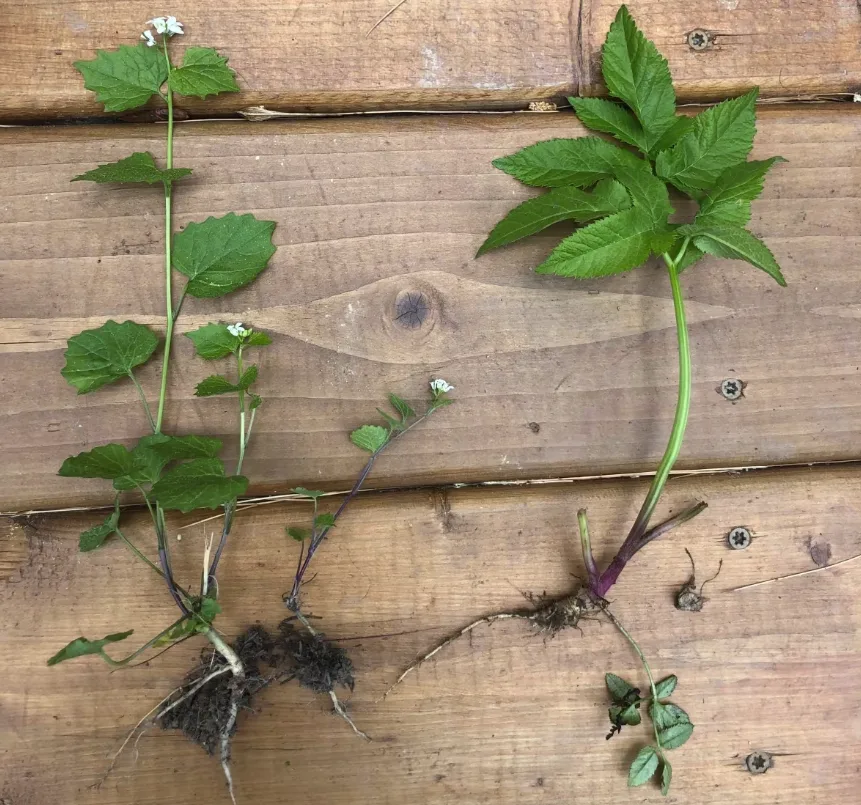
These garlic mustard (left) and woodland anjelica plants were plucked from Elton's yard last year. Both plants have seen an increase in reports in the province, she said. (Submitted by the New Brunswick Invasive Species Council)
These invaders can also disrupt infrastructure, she said. For example, Japanese knotweed can grow through concrete, pipes and into the foundations of houses.
In the United Kingdom, Elton said, sometimes people can't get home insurance or their insurance fees are higher if there's Japanese knotweed on the property because of the damage it can do.
But getting rid of invasive species is not as easy as just cutting them down or pulling them up.
In fact, Elton said pulling them out of the ground can disturb the roots and cause even more growth.
As for the pesky Japanese knotweed, it might take years to wear down the plant's energy. Elton said some research suggests letting it grow until right before it flowers, then cutting it all down and covering it with a thick tarp, making it as airtight as possible.
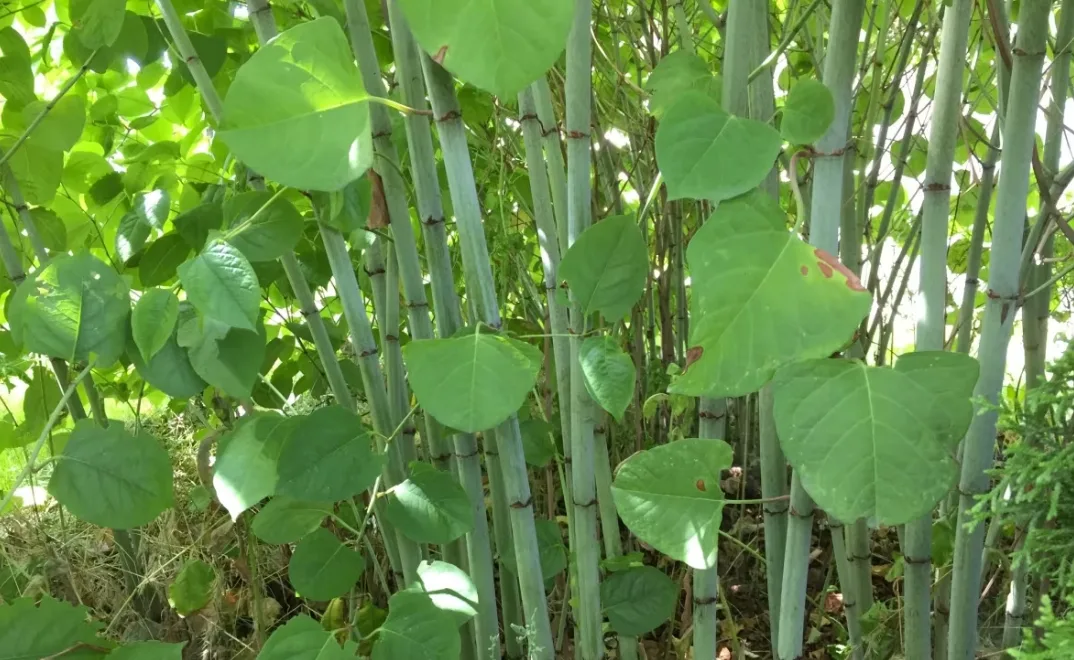
Japanese knotweed is an invasive species that is really tough to eradicate. (Jenifer Norwell/CBC)
She said this will start to drain the energy from the rhizomes, or root stalks, if it's done over and over again, each time letting the plant grow right until it flowers.
"Whoever comes up with a silver bullet for getting rid of Japanese knotweed will be a millionaire because everybody is looking for that one solution that will work."
Other invasive species shouldn't be touched at all, said Elton.
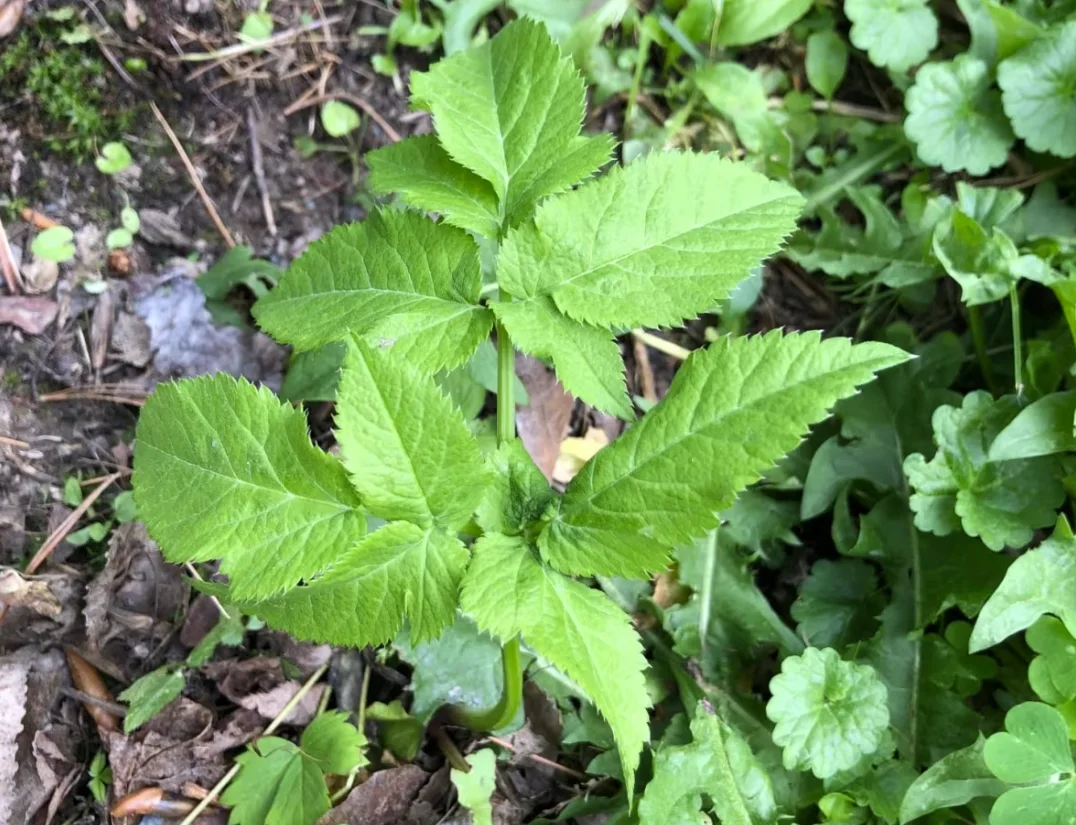
Woodland angelica contains a cytotoxic sap that people shouldn't get on their skin, said Elton. (Submitted by New Brunswick Invasive Species Council)
Woodland angelica lives along rivers and floodplains and tends to spread through floodwaters. She said that plant has really expanded since the big floods of 2018 and 2019. It contains a cytotoxic sap that people shouldn't get on their skin, Elton said.
She suggested wearing gloves and full-coverage clothing and advised against burning or whipper-snipping it because it will spray the sap everywhere. If the sap does get on your skin, Elton said to wash it with soap and water.
WATCH MORE: This delicious yet invasive weed is taking over Ontario
And it's not just plants that can cause problems. The hairs on spongy moth caterpillars can cause a rash if touched, said Elton. She said a lot of kids are curious about holding caterpillars, but it's best to know what type of caterpillar it is before picking it up.
Even though they are hard to eradicate once they take hold, Elton said there are some ways to stop invasive species from spreading.

A spongy moth caterpillar is shown on a tree at Windsor, Ont., in June 2022. The hairs on spongy moth caterpillars can cause a rash if touched, said Elton. (Kerri Breen/CBC)
She said urban centres tend to be the main hotspots because people are the main way the species spread.
The invasive species council has a campaign called "play, clean, grow," which Elton says encourages people to clean off the treads of their footwear and get rid of any seeds stuck to them after walking on trails.

The invasive species council has a campaign called 'play, clean, grow' which Elton, pictured here at Kouchibouguac National Park, says encourages people to clean off the treads of their footwear or get rid of any seeds stuck to them after walking on trails. (Submitted by New Brunswick Invasive Species Council)
The council has also installed some boot-cleaning stations at a few Nature Trust of New Brunswick and Nature Conservancy of Canada properties.
"They get stuck to us and then the next time we put those hiking boots on and go somewhere else, they fall off and can often cause a problem there."
Elton said the council also wants people to report invasive species when they notice them, either by using the community science platform called iNaturalist or by sending an email report to the council with a description including where it was found and some photos.
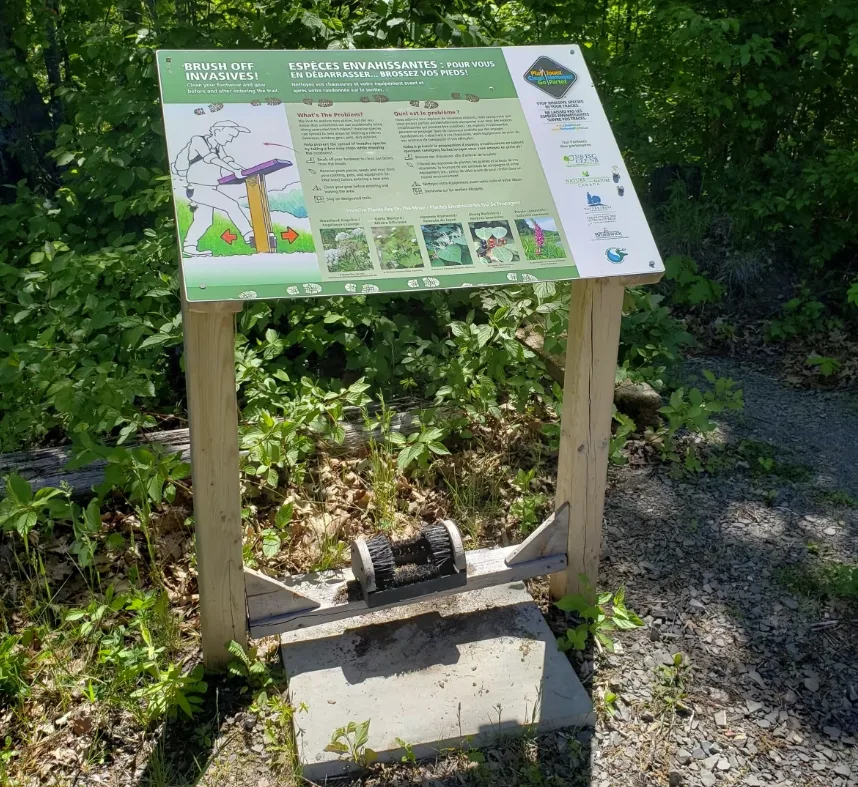
The council has installed some boot cleaning stations across the province, including this one at Hyla Park, installed in partnership with the Nature Trust of New Brunswick. (Submitted by New Brunswick Invasive Species Council)
Thumbnail image courtesy of the New Brunswick Invasive Species Council via CBC News.
This article, written by Hannah Rudderham, was originally published for CBC News. With files from With files from Information Morning Saint John.










